Calming Sensory Rooms
Calming Sensory Rooms
Designed with care, Calming Sensory Rooms provide a serene environment for those who find comfort in quieter, low-stimulation spaces.
Designed with care, Calming Sensory Rooms provide a serene environment for those who find comfort in quieter, low-stimulation spaces.
As Multisensory Rooms continue to evolve, Calming Sensory Rooms remain a cornerstone of wellbeing spaces. Designed to create peace and comfort in low-stimulation environments, they help users regulate emotions and restore focus. Calming sensory rooms are beneficial for both children and adults and are widely used across SEN and mainstream schools, day centres, care homes and more to promote relaxation, reduce sensory overload and support emotional wellbeing.
Our Calming Sensory Rooms put you in control of every detail – from lighting and sound to interactive sensory features. This adaptable environment helps manage sensory input and reduce overload, supporting individuals with Autism, SLD, PMLD and Dementia in achieving calm and emotional balance. With user-friendly equipment and supervisor control panels, you can create a truly personalised calming space designed around your unique goals, preferences and desired atmosphere.
The Benefits Of Calming Sensory Rooms
The Benefits Of Calming Sensory Rooms
Explore the benefits of soothing sensory environments for a range of users.
Facilitates Emotional Regulation
A Calming Room provides individuals with a safe space to process their emotions, helping them gain better control over their responses. By offering a quiet and controllable environment, these spaces can help guide users through navigating emotions such as anxiety, overstimulation, distress, low moods and more.
Over time, regular use of a calming room can foster greater emotional resilience, allowing individuals to navigate stressful situations in every-day life more calmly and thoughtfully.
Aids Pain and Stress Management
Patients experiencing chronic pain or recovering from surgery can also benefit greatly from the therapeutic elements of a Calming Sensory Room. Warm lighting, calming sounds, and relaxing visuals can help reduce stress and provide a distraction from discomfort, fostering a sense of well-being during recovery.
Supports Mental Health and Wellbeing
In various settings such mental health care and education, Calming Sensory Rooms are a valuable resource for creating a safe space where users can self-regulate and manage overwhelming emotions such as depression and anxiety. These spaces are can be used for mindfulness practices, grounding techniques, and emotional de-escalation in a safe, relaxing environment.
Promotes Focus and Concentration
Calming Sensory Room help to remove distractions, allowing the brain to reset and refocus. By providing a quiet space, it improves concentration and can boost creativity and problem-solving by reducing cognitive overload. This makes it especially valuable in educational settings, supporting students from early years through higher education, as well as in workplaces, where adults benefit from a brief mental reset to maintain efficiency and clarity.
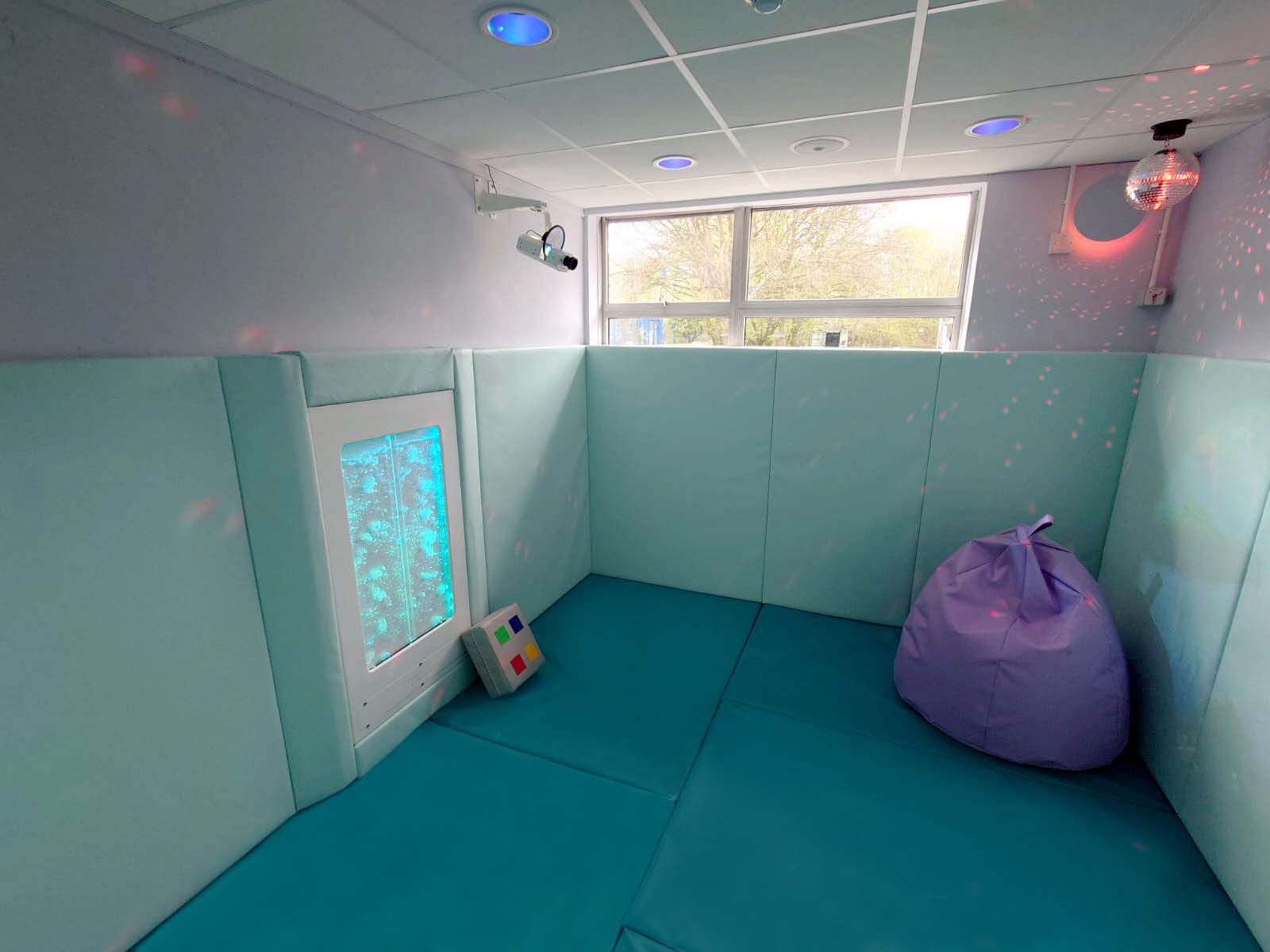
Get Your Free Design Today...
Ready to take the next step?
One of our experienced Sensory Advisors will be in touch. Listening to both your requirements and budget, before creating your FREE sensory environment design and proposal.
No Pushy Salespeople and No Obligation.
Key Features of a Calming Sensory Room
Key Features of a Calming Sensory Room
Through our bespoke design process, we can customise your Calming Sensory Room to suit the abilities, needs, and preferences of its users. Some common features often included in our bespoke calming spaces are:
- Protective Padding: Padding is a key feature in calming sensory rooms, providing both safety and comfort. Walls, floors, doors, and other architectural features can be customised to perfectly fit each space.
- Mood Lighting: Colour-changing mood lighting is a powerful tool for creating the desired atmosphere in your space. With options for both supervisor-controlled settings and user-activated switches, you can adjust the lighting to support relaxation, stimulation, focus and more.
- Visual Effects: Visual Effects Equipment can also be incorporated into Calming Sensory Rooms as a way of increasing relaxation levels and lowering stress. Sensory equipment such as LED wall projectors, borealis tubes and fibre optic lighting offer a variety of memorising effects to users to immerse themselves in.
- Audio: Sound and music can also be utilise to provide auditory stimulation. Using Bluetooth connectivity, supervisors can control volume, select audio tracks, and create playlists of familiar and preferred music, enhancing the calming environment with sounds that are comforting and enjoyable for users.
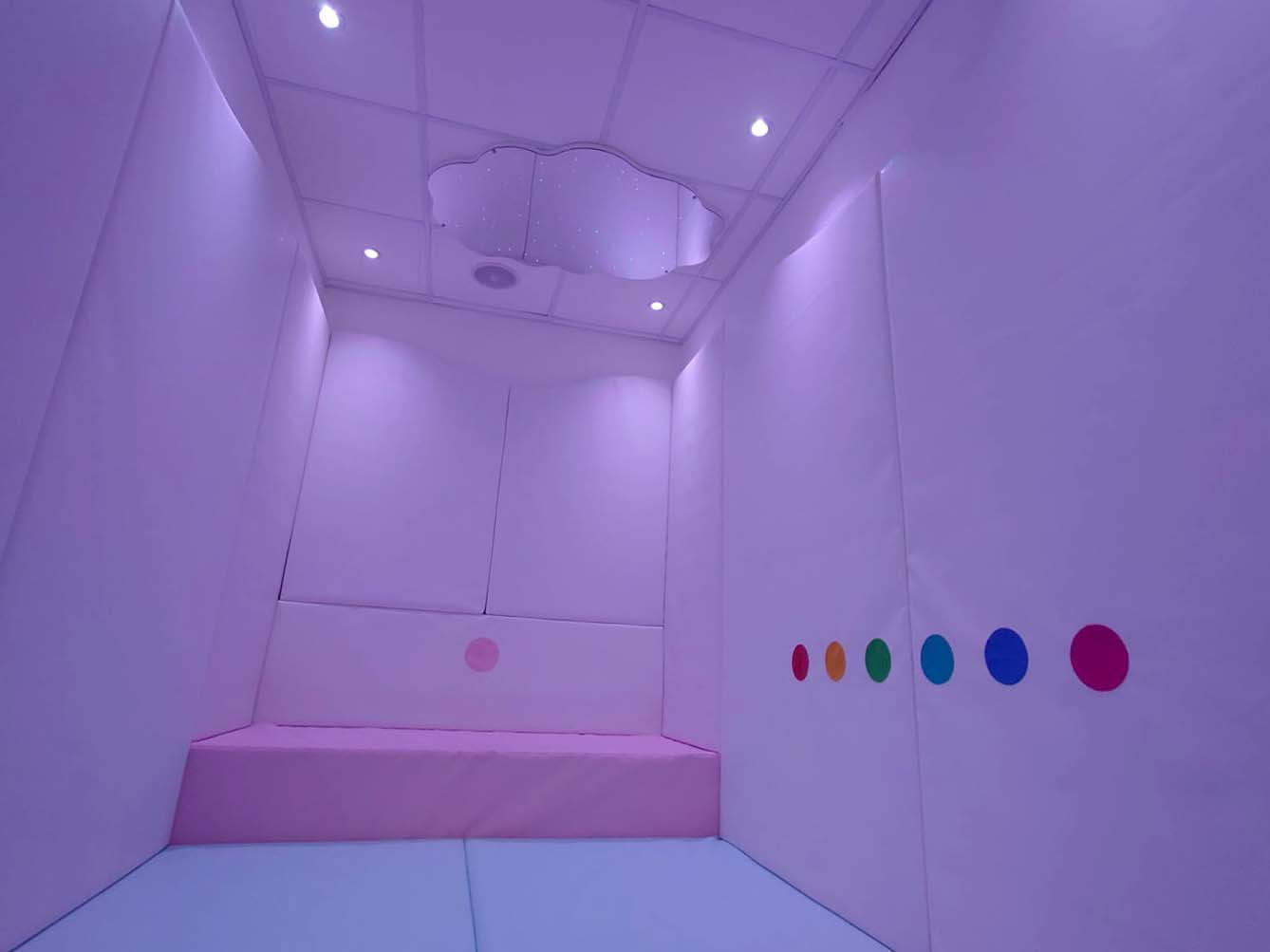
Where Can Calming Sensory Rooms Be Used?
Where Can Calming Sensory Rooms Be Used?
Calming sensory rooms provide a valuable resource for children and adults in a variety of settings. For individuals who require extra support, having access to a safe, dedicated space is crucial. These rooms offer comfort and a sense of reward, creating an environment, where the outside world is no longer the focus of their attention.
Community and Public Leisure Spaces
With growing awareness of the need for inclusivity for individuals with additional needs and sensory processing challenges, the offering of dedicated calming sensory spaces across the public sector has increased. Public settings such as community centres, sports and leisure facilities, football clubs, event venues, airports, and more are now offering purpose-built calming sensory rooms.
Day Centres and Care Homes
Calming Sensory Rooms are widely used in Specialist Care Facilities such as Day Centres and Care Homes. For example, in Care Homes, residents with dementia or Alzheimer’s, these spaces offer a calming environment that reduces stress and agitation while encouraging sensory engagement and comfort.
Mainstream and Special Education
Calming Sensory Rooms in both mainstream and special education settings serve as valuable resources for supporting students’ emotional regulation and focus. They offer a quiet, structured space for managing stress or sensory overload outside the classroom, enabling students to return to learning with improved concentration. For those requiring higher levels of support, these rooms also provide a safe environment to de-escalate and regain composure during times of distress.
Hospitals and Mental Heath Wards
In hospitals and mental health wards, calming sensory rooms can play a key role in patient recovery and ongoing care. Whether used for individual sessions or as part of a regular therapeutic plan, these controlled, supportive spaces help patients regulate emotions, initiate a sense of calm and relaxation, and support more positive treatment outcomes.
Residential Home Settings
Incorporating a calming sensory room into the home can greatly benefit both users and their families or carers, offering a fully accessible space for self-regulation and relaxation in the comfort of familiar surroundings. Having a dedicated, personalised environment can enhance quality of life, with sensory elements tailored to the individual’s specific needs and preferences. With a bespoke design, a home sensory space can be seamlessly integrated into the household while remaining adaptable to different budgets and practical requirements.
Case Studies
The current query has no posts. Please make sure you have published items matching your query.
The current query has no posts. Please make sure you have published items matching your query.
What Our Customer's Say
We are all delighted with the finished room and very much appreciated the professionalism displayed by the team working on site.
Tracy & AnnaKings Road Nursery 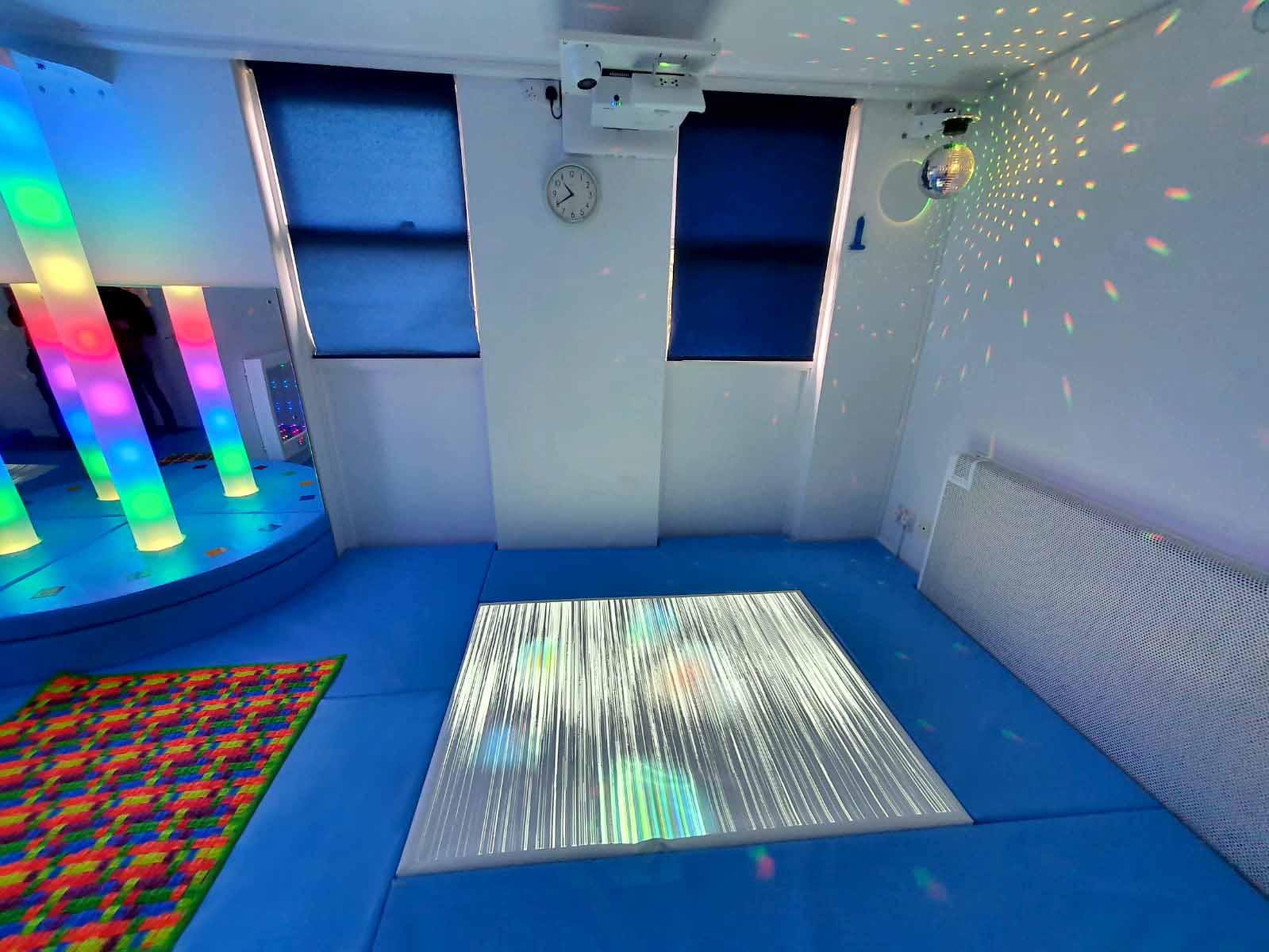
The room looks amazing and the staff who installed were really efficient and mindful of working around the school.
MiriamMathilda Marks-Kennedy Primary School 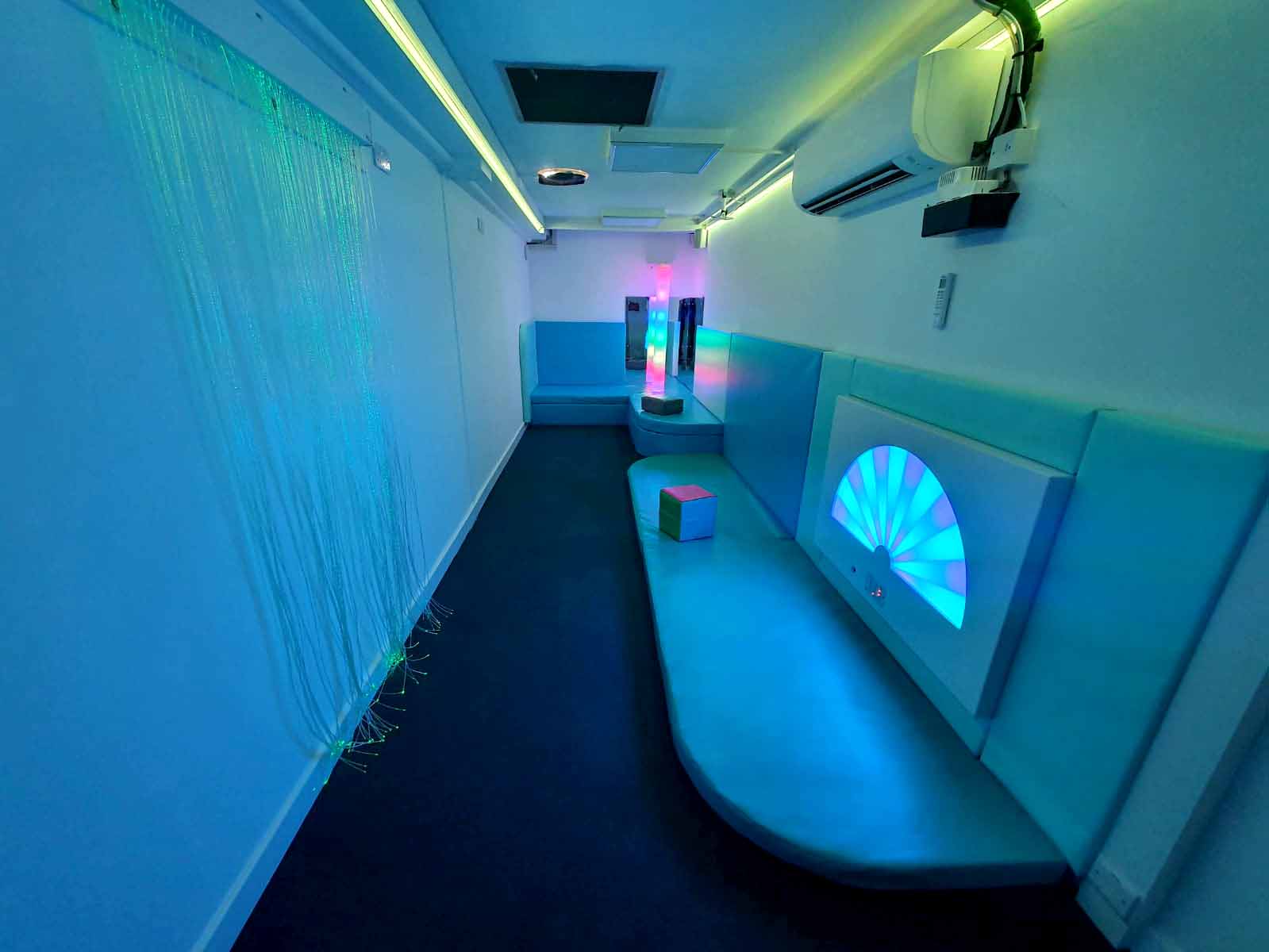
We are beyond delighted with our new sensory room! It is a beautiful, magical and calming space for our children.
ClarePear Tree Infant School 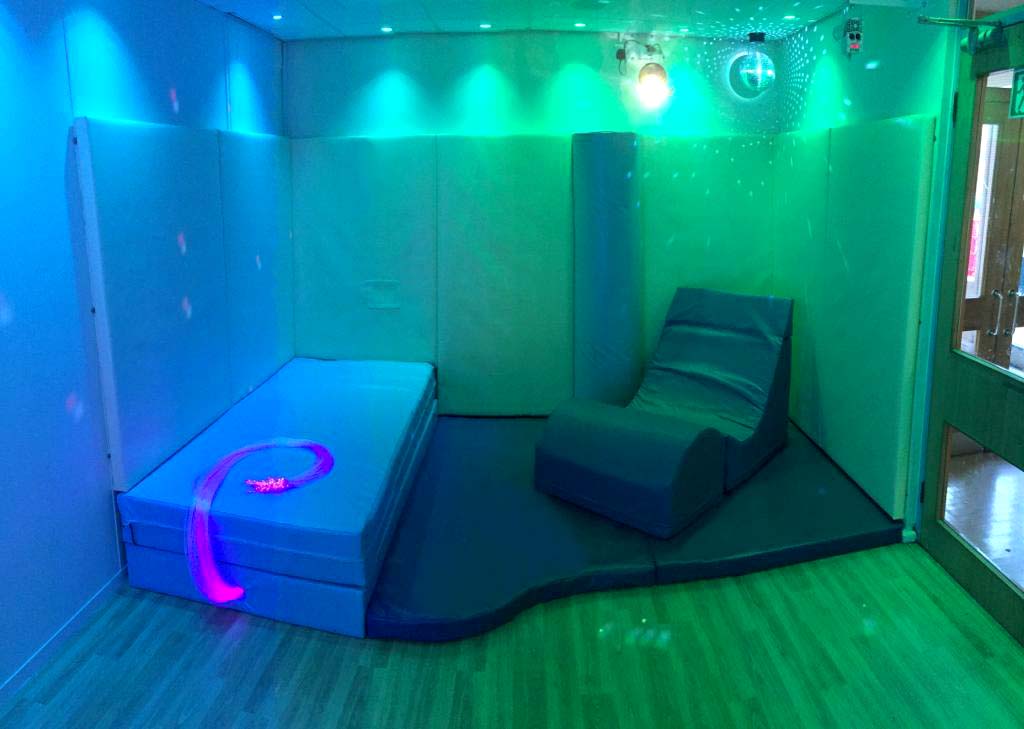
We are over the moon with our sensory room, thank you very much for your excellent service and fabulous resources!
JillHoylake Community Centre 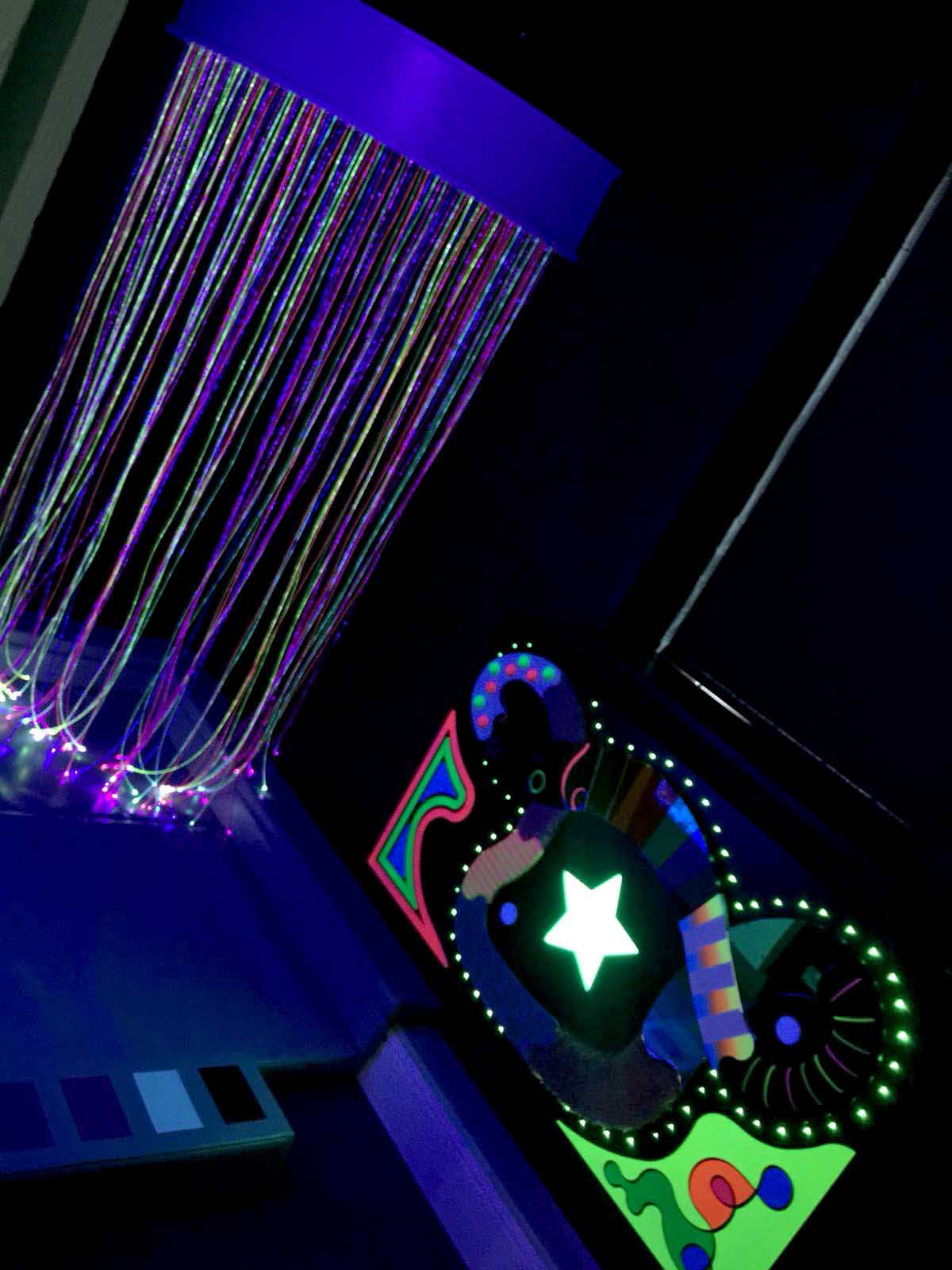
I’ve really enjoyed working with Senteq – you are all so friendly and professional with your advice and assistance – thank you!
TabbyColchester Library 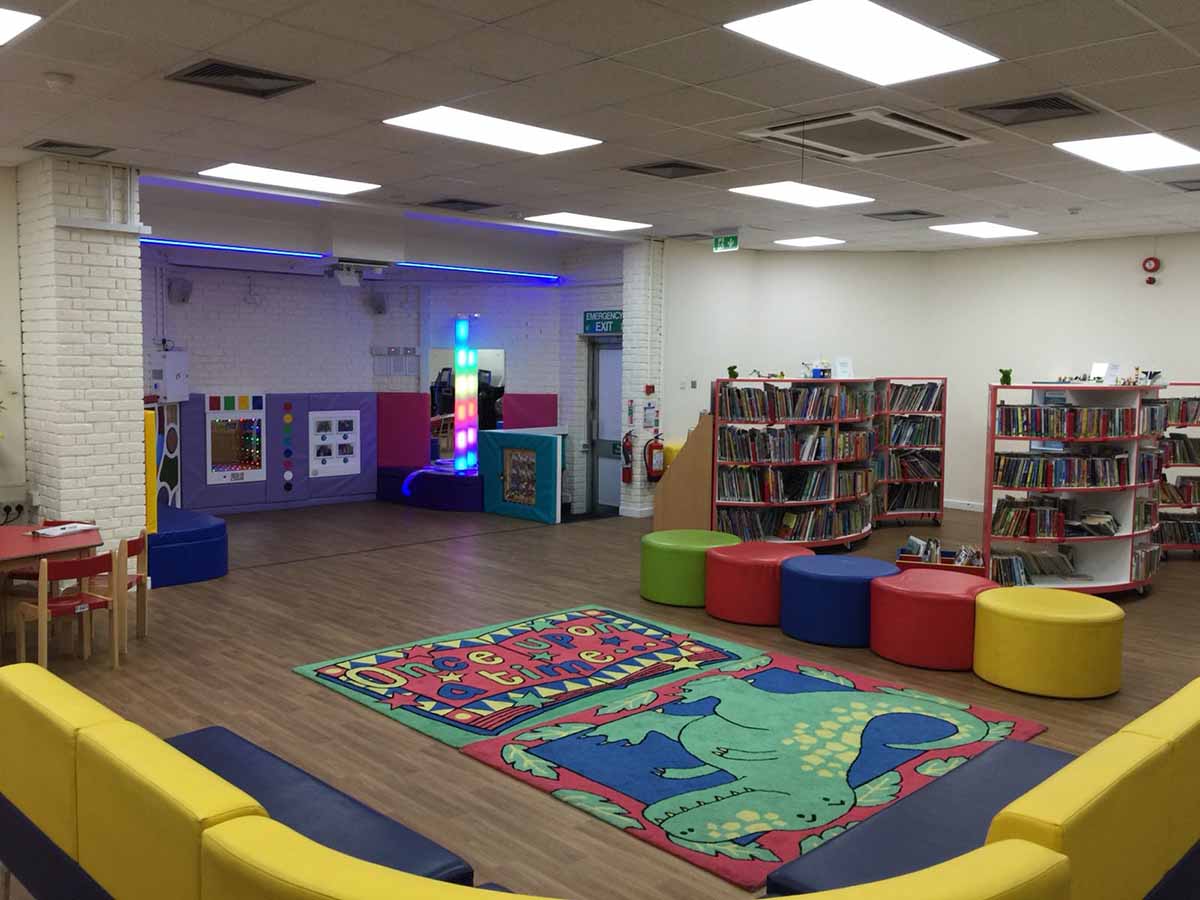
After being let down and quite disappointed with works from another company recently, it was great to have the professionalism and thorough service we received from Sensory Technology.
LucyEast Hunsbury 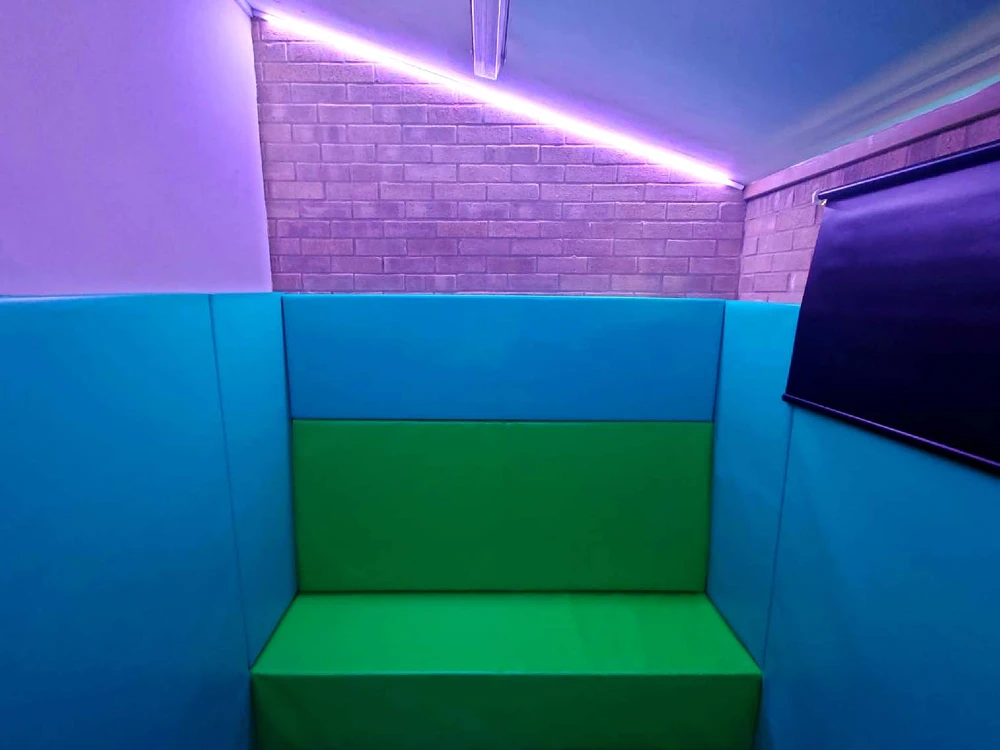
We are all delighted with the finished room and very much appreciated the professionalism displayed by the team working on site.
Tracy & AnnaKings Road Nursery 
The room looks amazing and the staff who installed were really efficient and mindful of working around the school.
MiriamMathilda Marks-Kennedy Primary School 
We are beyond delighted with our new sensory room! It is a beautiful, magical and calming space for our children.
ClarePear Tree Infant School 
We are over the moon with our sensory room, thank you very much for your excellent service and fabulous resources!
JillHoylake Community Centre 
I’ve really enjoyed working with Senteq – you are all so friendly and professional with your advice and assistance – thank you!
TabbyColchester Library 
After being let down and quite disappointed with works from another company recently, it was great to have the professionalism and thorough service we received from Sensory Technology.
LucyEast Hunsbury 
Who We Have Worked With





